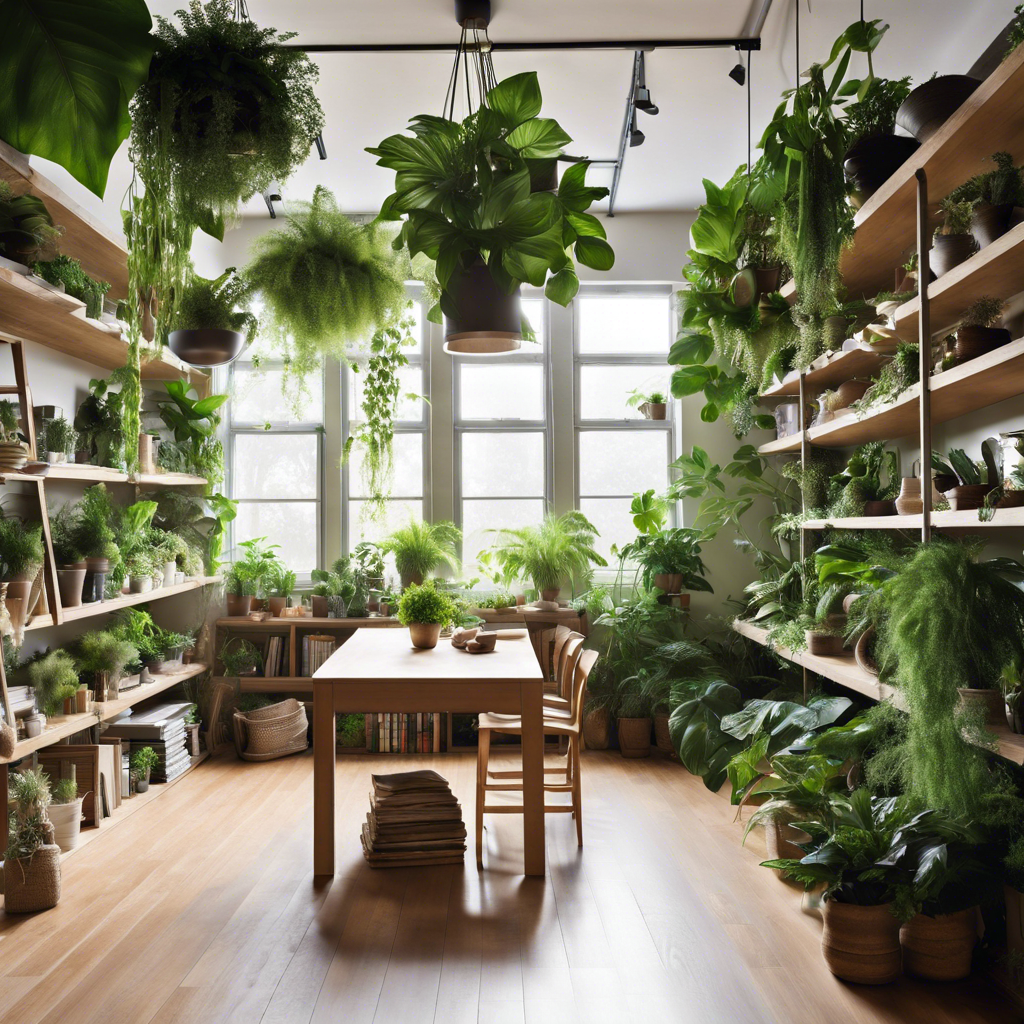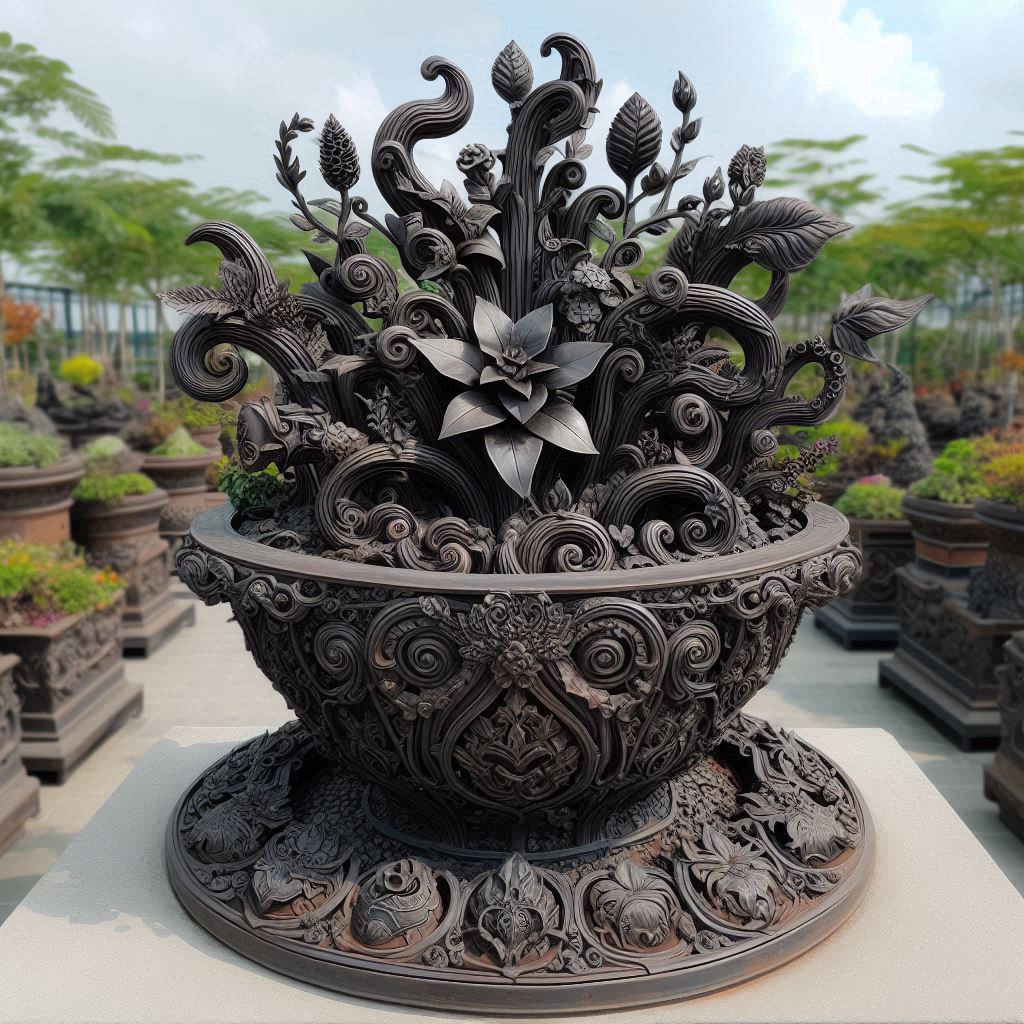
Indoor plants
Cast Iron Plant – The Ultimate Guide to Growing and Caring for This Resilient Indoor Gem


DINKAR
10/22/2024
Introduction
In the realm of houseplants, few can rival the durability and beauty of the Cast Iron Plant (Aspidistra elatior). Known for its ability to thrive in less-than-ideal conditions, the Cast Iron Plant has earned its name due to its resilience and toughness. This hardy plant is perfect for anyone looking to bring a touch of greenery into their home without the hassle of demanding care routines.
This comprehensive guide will explore everything you need to know about the Cast Iron Plant, including its characteristics, care requirements, propagation methods, and the numerous benefits of having this robust plant in your indoor space. Whether you're a seasoned plant enthusiast or just starting your indoor gardening journey, this guide will equip you with the knowledge to successfully grow and care for a Cast Iron Plant.
1. What is the Cast Iron Plant?
The Cast Iron Plant, also known as Aspidistra elatior, is a perennial plant native to East Asia, particularly in areas like China and Japan. This plant is renowned for its dark green, glossy leaves that can grow up to two feet long. Its ability to withstand low light, neglect, and varying temperatures makes it a popular choice for indoor gardens and commercial spaces alike.
The Cast Iron Plant has a slow growth rate, but it compensates with its longevity; some plants can live for decades with proper care. Its hardiness and unique foliage make it a favorite for beginners and seasoned plant lovers alike.
2. Characteristics of the Cast Iron Plant
The Cast Iron Plant has several notable characteristics that contribute to its popularity:
- Foliage: The plant features long, lance-shaped leaves that are dark green and leathery. The leaves can grow up to 24 inches long and create a lush, attractive appearance.
- Flowers: While the Cast Iron Plant is primarily grown for its foliage, it can produce small, purple-brown flowers that bloom close to the ground. However, flowering is rare indoors.
- Growth Habit: This plant grows in clumps, making it an excellent choice for filling empty corners or creating a full, bushy look.
- Size: The Cast Iron Plant typically reaches heights of 2-3 feet and spreads about 2 feet wide, making it suitable for various spaces.
3. How to Care for a Cast Iron Plant
Caring for a Cast Iron Plant is relatively straightforward, thanks to its resilient nature. Here’s a detailed guide on how to ensure your Cast Iron Plant thrives:
A. Light Requirements
The Cast Iron Plant is incredibly adaptable when it comes to light conditions. It can thrive in low light, making it an excellent choice for dark corners of your home or office. However, it does appreciate bright, indirect light, which can enhance its growth. Avoid direct sunlight, as it can scorch the leaves.
B. Watering
One of the key benefits of the Cast Iron Plant is its drought tolerance. Allow the soil to dry out between waterings, as the plant prefers slightly dry conditions. Overwatering can lead to root rot, so it's better to err on the side of underwatering. During the growing season (spring and summer), water the plant more frequently, but reduce watering in the fall and winter.
C. Humidity and Temperature
The Cast Iron Plant is quite tolerant of varying humidity levels, but it thrives in moderate humidity. If your indoor environment is particularly dry, consider misting the leaves occasionally to increase humidity.
As for temperature, the Cast Iron Plant prefers a range between 60°F and 75°F (15°C to 24°C). It can tolerate lower temperatures but should be protected from frost. Avoid placing it near drafts or heat sources.
D. Soil and Potting
For optimal growth, use a well-draining potting mix that retains some moisture but allows excess water to escape. A standard houseplant potting mix will work well, but you can enhance drainage by adding perlite or coarse sand.
Repot your Cast Iron Plant every 2-3 years or when you notice it becoming root-bound. When repotting, choose a pot that is only slightly larger than the current one, as these plants prefer to be slightly pot-bound.
E. Fertilization
While Cast Iron Plants do not require heavy feeding, you can promote healthy growth by fertilizing them during the growing season. Use a balanced, water-soluble fertilizer every 4-6 weeks during spring and summer. Reduce or eliminate fertilization during the fall and winter months when the plant's growth slows down.
4. Propagating the Cast Iron Plant
Propagating a Cast Iron Plant is a straightforward process, typically done through division. Here's how to do it:
Step-by-Step Propagation Guide:
- Choose a Healthy Plant: Select a mature Cast Iron Plant with multiple stems.
- Remove from Pot: Carefully take the plant out of its pot, taking care not to damage the roots.
- Divide the Root Ball: Using clean, sharp tools, divide the root ball into sections, ensuring that each section has at least one stem and a healthy root system.
- Replant: Plant the divided sections in new pots filled with fresh potting mix. Water them lightly to help settle the soil.
- Care for New Plants: Treat the newly potted sections as you would a mature Cast Iron Plant, providing adequate light and moisture as they establish roots.
5. Common Problems and Solutions
While the Cast Iron Plant is generally low-maintenance, it can encounter some issues. Here are a few common problems and how to address them:
- Yellowing Leaves: Yellow leaves may indicate overwatering or poor drainage. Check the soil moisture and adjust your watering habits as necessary.
- Brown Leaf Tips: This can result from low humidity or underwatering. Ensure your plant is getting enough moisture and consider increasing humidity levels.
- Pests: Cast Iron Plants are relatively pest-resistant but can occasionally attract spider mites or mealybugs. If you notice any pests, treat them with insecticidal soap or neem oil.
6. Benefits of Having a Cast Iron Plant Indoors
The Cast Iron Plant offers several benefits, making it a fantastic addition to any indoor space:
- Air Purification: Like many houseplants, the Cast Iron Plant helps improve indoor air quality by filtering toxins and releasing oxygen.
- Low Maintenance: Its hardy nature and ability to tolerate neglect make it ideal for busy individuals or those new to plant care.
- Aesthetic Appeal: The lush, green foliage adds a touch of elegance and tranquility to any room, enhancing your home decor.
Conclusion
The Cast Iron Plant is a resilient and beautiful indoor plant that can thrive even in less-than-ideal conditions. Its low-maintenance nature, coupled with its stunning foliage, makes it a perfect choice for anyone looking to add a touch of green to their space. With the right care and attention, your Cast Iron Plant will flourish, bringing joy and fresh air to your home for years to come.
Whether you’re a novice plant parent or a seasoned horticulturist, embracing the Cast Iron Plant in your indoor garden will surely be a rewarding experience. So go ahead, add this indomitable beauty to your collection, and enjoy the many benefits it has to offer!